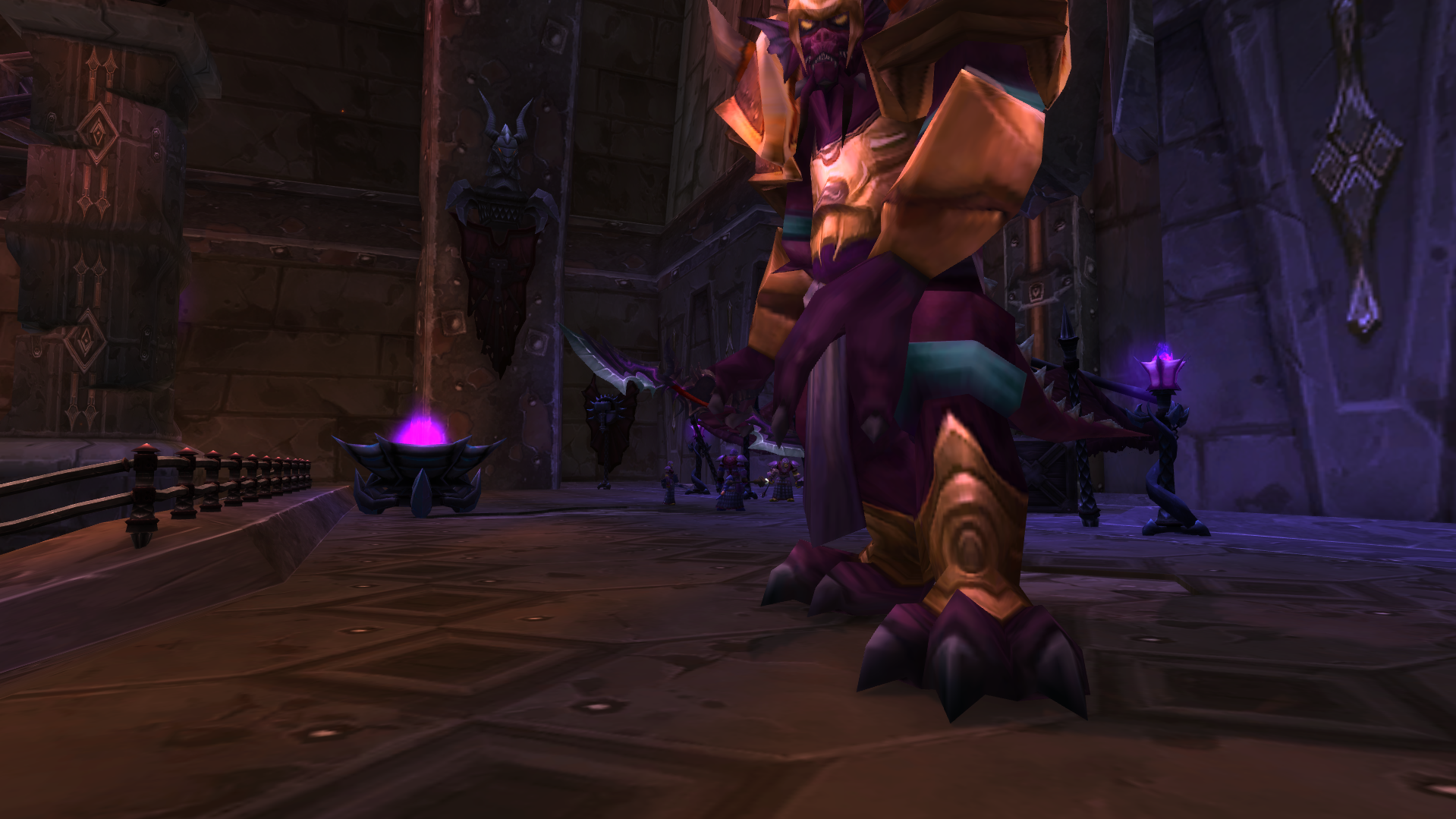World of Warcraft (WoW) is a popular Massively Multiplayer Online Role-Playing Game (MMORPG) that requires players to form teams known as raids in order to complete challenging endgame content.
One of the key components of successful raiding groups is an effective raid composition and group optimization. This article examines the various factors involved in optimizing a WoW raid for success, including understanding raid composition, analyzing one’s own raid, choosing the right composition, group optimization strategies, identifying and dealing with weak links, understanding boss encounters and utilizing specific tactics for optimization.
The goal of this article is to provide readers with practical information on how to prepare their team for successful raids.
Key Takeaways
- Raid composition and group optimization are crucial for successful raiding in World of Warcraft.
- Understanding the strengths and weaknesses of each class is important in building a balanced raid composition.
- Analyzing raid performance helps identify areas for improvement and adjustment.
- Effective communication and coordination are essential for successful completion of raid fights.
Understanding Raid Composition
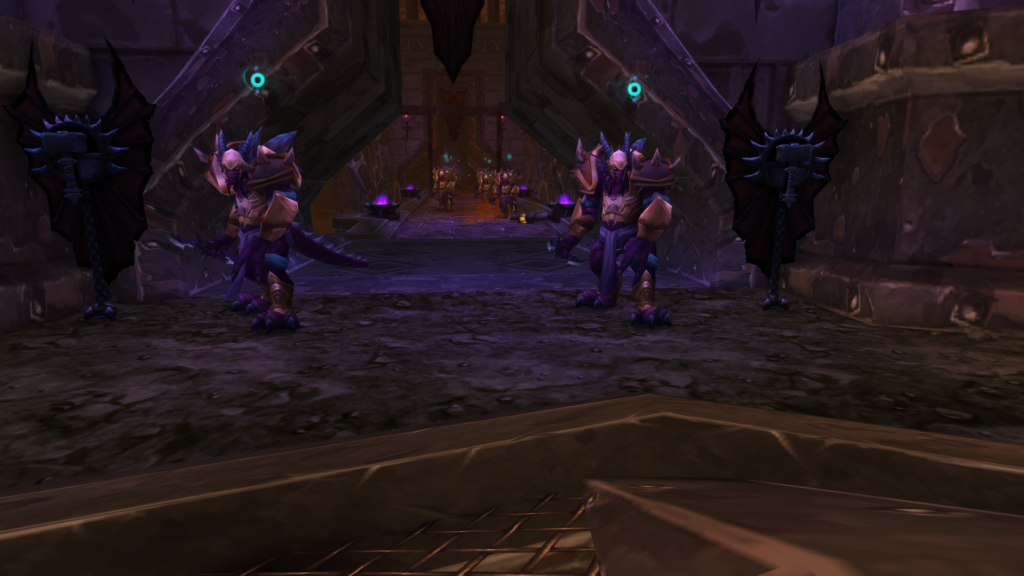
Raid composition is a key factor in achieving success during raiding, as it can determine the effectiveness of group optimization.
In order to ensure successful raid composition, it is important to modularize roles and responsibilities within the raid group. This allows for more efficient tracking of progress, and helps prevent any one player from becoming overwhelmed by too many tasks.
Additionally, modularizing composition also allows for easier role-swapping if needed, further increasing the ability to adjust on-the-fly as needed.
Analyzing your raid’s performance regularly is an important step towards optimizing your team’s efficiency and effectiveness. By studying what works well in certain scenarios, and identifying areas that need improvement or adjustment based on individual players’ strengths and weaknesses, teams can better prepare themselves for success in their next encounter.
Analyzing Your Raid
Analyzing the makeup of a team is essential to ensure maximum efficiency. It requires strategic planning and an in-depth analysis of raid data. By assessing the strengths and weaknesses of each individual raid member, and understanding the varying attributes that each class brings to a raid, it is possible to identify which roles are most beneficial for success. An effective way to do this is by using a table format as seen below:
| Class | Strengths | Weaknesses |
|---|---|---|
| Druid | Healing, utility spells, crowd control | Low damage output |
| Paladin | Damage output, healing spells, buffing | High mana consumption |
| Mage | Damage output, crowd control | Low armor rating |
| Rogue | High damage output, stealth | Vulnerable when attacked due to low armor |
| Warrior | High Armor Rating & Survivability Low damage output compared other classes |
By taking into account the various strengths and weaknesses of each class in relation to one another, it makes it easier for players to make informed decisions about how best to build their team composition. This knowledge can then be used as part of strategic planning when forming groups for raids. Through careful consideration during the planning process it is possible achieve optimal results with any given group. The next step would be choosing the right raid composition that suits your needs.
Choosing the Right Raid Composition
Raid composition is an essential factor to consider when planning a successful raid.
Balancing classes and roles for the best synergy between party members is key, as well as carefully selecting the right group size in order to maximize efficiency.
It is important to understand the advantages and disadvantages of different raid compositions in order to ensure that your group will have the best chance of success.
Balance of Classes and Roles
Achieving a suitable balance of classes and roles in a raid group is essential to optimize performance. The role distribution should be considered carefully when forming the group, as certain combinations of classes can create class synergy that can help with crowd control tactics. Raids will typically require tanks, healers, damage dealers (DPS), and crowd controllers (CC).
Tanks are responsible for holding aggro on monsters and taking the brunt of enemy attacks. Healers focus on keeping their allies alive by healing them during combat. DPS classes are the offensive powerhouses that deal most of the damage to enemies. Crowd control spells or abilities can be used by some players to limit the number of enemies on the field at once, allowing the rest of the party an easier fight.
The optimal ratio between these roles depend largely on each individual boss encounter, but there should always be enough healers to keep everyone alive during difficult fights and enough CCs to manage large groups of mobs effectively. Markdown lists can help demonstrate how raid groups could look like:
- 1 Tank
- 2-3 Healers
- 4-5 DPS
- 1-2 CCs
These general recommendations may need to be adjusted depending on a particular encounter’s needs. Having an appropriate balance of different classes and roles allows teams to tackle encounters more efficiently; transitioning smoothly into choosing an optimal group size for raids.
Choosing the Right Group Size
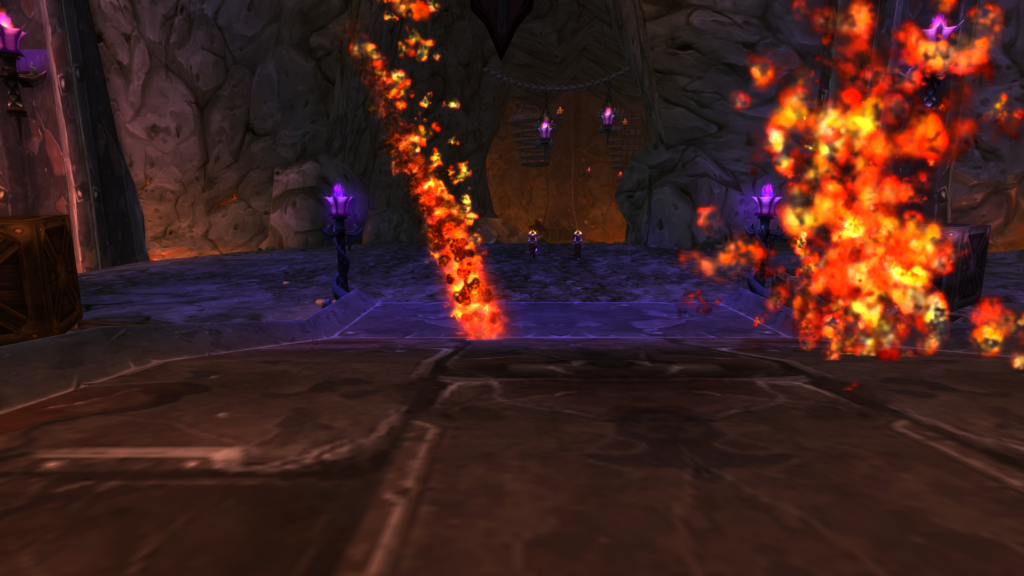
Evaluating the size of a raid group is essential for maximizing performance in an encounter. Based on the game content, there are different strategies that can be used to determine an optimal group size, such as the number of healers or tanks required. In addition, the size of each role needs to be taken into account when considering overall dps optimization and encounter strategy. The following table outlines some commonly used raid sizes and their associated roles:
| Group Size | Tanks | Healers | DPS |
|---|---|---|---|
| 10-man | 2 | 3 | 5 |
| 25-man | 4 | 6 | 15 |
| 40-man | 8 | 12 |
Group Optimization Strategies
Identifying optimal group composition is a necessary step in ensuring successful completion of raids. Minimizing risk and tracking progress are key components to any raid strategy, and the size of the group should be optimized to achieve these goals.
Group optimization strategies comprise two main areas: class/role selection and ability distribution. It is important that all members of the raid party have complementary abilities and roles that can be utilized to the best advantage. This includes choosing classes with powerful crowd control abilities and healing options, as well as selecting players who have high damage output or strong defensive capabilities. In addition, it is essential for each team member to understand their role beforehand so that they can act quickly during an encounter if needed.
It is also important for a raid leader to identify any weak points in their group composition before heading into a raid instance; this may include classes or abilities that are not properly represented in the current lineup or any roles which will require additional support from other team members. By taking proactive steps such as these, leaders can more effectively mitigate risks associated with raiding activities while still achieving maximum success rates.
Identifying and Dealing with Weak Links
Analyzing the strengths and weaknesses of a raiding party is an essential component of any successful strategy. It requires identifying potential weak links in order to address them before they become a stumbling block.
The most effective way to do this is by performing skill assessments on each individual raider, followed by a comprehensive evaluation of any identified weaknesses. This allows raid leaders to craft strategies that capitalize on their team’s strengths while compensating for any perceived weaknesses.
Furthermore, it helps ensure that all members are prepared for whatever the boss encounter may throw at them. With a well-rounded understanding of their team’s abilities and limitations, raid leaders can then move forward with confidence knowing that their group has been optimized for success.
Understanding the Boss Encounter
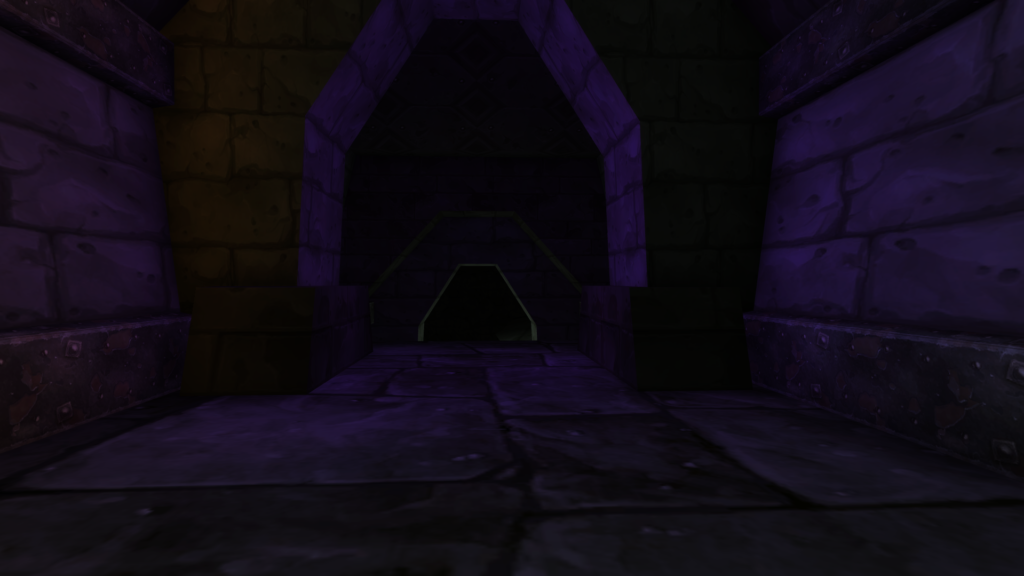
Gaining a thorough understanding of the boss encounter is essential to achieving success in any raid. A raid group must use a combination of knowledge, skill, and strategy to master the mechanics of each encounter. To do this successfully, there are four key elements that need to be considered:
- Encounter Mechanics – The way the boss behaves and interacts with players during an encounter should be studied closely. All raid members should understand what abilities the bosses can use against them, how often they cast those abilities, and how to best mitigate their effects on the party.
- Boss Strategies – Knowing which strategies work best for a particular boss is important in order to maximize the group’s efficiency and minimize deaths or other failures caused by incorrect application of tactics.
- Group Coordination – It takes good communication and coordination between all members of the raid group for successful completion of a fight. Players must learn to communicate quickly and efficiently so that everyone understands their role in a given situation at all times.
- Raid Optimization Tactics – Developing methods for utilizing specific classes or roles in order to maximize damage output or heal through difficult phases are also crucial aspects of understanding an encounter fully; creating strategies designed around optimizing your group’s performance can help you achieve victory more quickly or easily than if everyone were using random tactics without considering what works best together as an ensemble unit..
With these components understood, it becomes possible for raiders to devise effective plans on how they will defeat each challenge presented by any given boss fight – paving the way for successful optimization tactics going forward into subsequent encounters within that same instance.
Raid Optimization Tactics
Raid optimization is an important part of successful raiding in World of Warcraft.
Streamlining the raid process, utilizing crowd control strategies, and maximizing damage output are three key components to consider when optimizing a raid.
Understanding the strengths and weaknesses of each class can help create a well-rounded team that is capable of efficiently tackling challenging bosses and achieving success.
Streamlining the Raid Process
Streamlining the raid process is essential for efficient progression in wow raiding.
Effective raid preparation is key to this process, and includes tasks such as setting up loot distribution rules beforehand, making sure everyone has their roles and equipment ready, and going over any strategies that may be employed during the course of a raid.
Additionally, it can help to have a designated leader who will take charge of organizing the group’s activities, assigning tasks to different members of the team, and communicating with other players.
These steps can help ensure that time spent in raids is used effectively and minimize any confusion or disorganization within the team.
To maximize efficiency further, utilizing crowd control strategies on enemies can be beneficial in speeding up fights against bosses; by having one or two members focus on controlling enemy movement or abilities while others focus on dealing damage to the target, fights become more organized and less chaotic.
Utilizing Crowd Control Strategies
Utilizing crowd control strategies can play a significant role in the efficiency of progression through raiding content.
When it comes to raid composition, class limitations must be taken into account to ensure that the right combination of crowd control abilities are available for use.
Tank positioning is also essential for proper crowd control as it dictates which enemies are most readily accessible by the raid group.
Moreover, designating specific players or classes to perform assigned roles such as crowd control and interrupting enemy spells can help optimize a team’s success.
Through this method, damage output is maximized while diminishing any unnecessary downtime between encounters.
Additionally, having an understanding of how certain debuffs or buffs interact with one another can further enhance the effectiveness of these strategies.
Given their importance in successful raiding parties, proper implementation and utilization of crowd control strategies is essential in order to progress efficiently and effectively.
As such, maximizing damage output should be the next step taken in optimizing a raid group’s performance.
Maximizing Damage Output
Maximizing damage output is essential for successful progression through raid content. Prioritizing DPS and effective communication are two key concepts that must be taken into account when optimizing a raid group’s performance.
To ensure a good balance of damage output, the following considerations should be made:
- Assigning specific roles to each player based on their class and specialization. This will help to create an environment where everyone is contributing to the maximum level of their ability.
- Utilize crowd control (CC) strategies wherever possible. This can help reduce the amount of damage taken by the tank or healer, allowing them to focus more attention on the DPS players.
- Provide clear instructions and expectations for each raid member before engaging in combat. A well-organized team will know how to prioritize targets and manage cooldowns efficiently.
- Encourage group members to communicate any problems or issues they may be having during encounters, as this can help identify areas where improvements can be made quickly and easily.
- Make sure there is an effective strategy for dealing with unexpected situations such as adds or boss mechanics that may require special attention from some players while others continue dpsing the main target(s). Having a plan in place ahead of time can save precious time during encounters which could mean success or failure in completing it successfully.
Conclusion
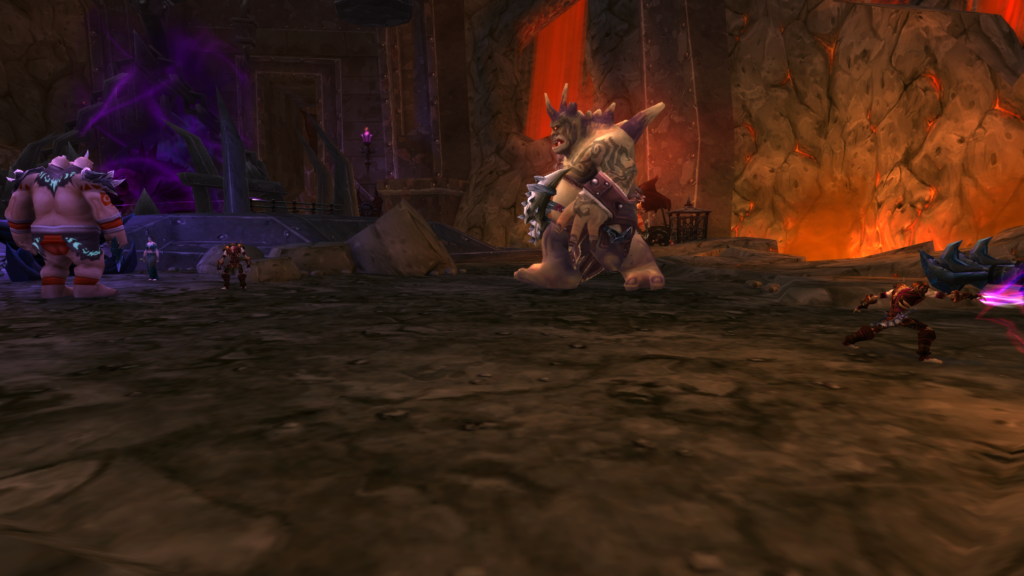
Optimizing a raid group is an essential part of successful raiding in the World of Warcraft.
By understanding the raid composition and analyzing each member’s strengths and weaknesses, players can make better decisions to strengthen their group.
Additionally, understanding boss encounters and utilizing optimization tactics are key to succeeding in difficult raids.
Ultimately, the combination of these strategies can help players become more efficient and effective with their playstyle while enjoying a challenging yet rewarding experience.
Through hard work and dedication, even the most inexperienced player may find themselves leading their own team to success.
Satiate your curiosity with our blog’s diverse and enriching content.
